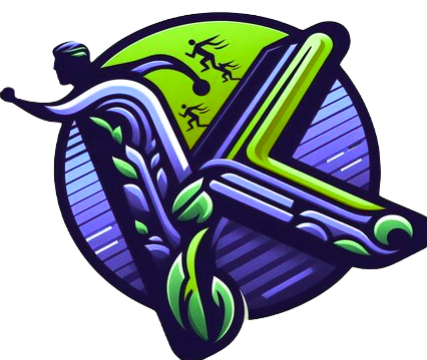
People frequently ask me questions about my disability.
I am asked:
“Can I ask you what happened?”
“Why do you walk with ski poles?”
The best variation that I have heard of these two questions was,
“What congenital anomaly do you have?” I had to laugh.
I did not mind the question. I was amused by the person’s choice of words. My reply was that I had never heard the question put quite like that. To the person’s credit, they got it half right.
Spastic Cerebral Palsy is a trait I attained from birth. The part of the conversation that was not right is that Spastic Cerebral Palsy is not a disease. When a person or group start using terms like “disease” or “abnormality”, it starts to create cracks in what is otherwise whole.
Other questions that I am commonly asked are harder to answer such as:
“Am I ever bitter or angry because I can’t run or walk without devices?”
My childhood was a happy one. I have always used a set of crutches, canes, or poles to get around. Use of these devices was my starting point. It was my “normal”. I never knew anything else. Therefore, I never mourned or experienced a sense of loss. How can I mourn something that I have never experienced?
My life has never been “typical”. I did not stand alone until the age of four. The key is that the skills for mobility were developed. I had access to the sets of crutches, canes, and poles that gave me the freedom to navigate. I do not walk in a “typical” way. I drag my feet and swing my hips to move. The key is I move.
A common story from my childhood that I share is about wanting to skate with my brothers when they got their first pair of rollerblades. My parents found these really cool skates for me that slid over my shoes.

I had to learn to find my balance with these skates and had to use my walking devices for support.
In my mind, I created a new sport that was a combination of skiing and skating, but I learned to skate. I was able to actively play and participate with my brothers. Adaptability and really cool skates created my normal.
I have written articles about the impact of labels. Terms like Spastic Cerebral Palsy and disease have their place in medical settings. My wish is that articles like this one start to soothe the cracks and damage that words like “abnormality” and “not typical” create.
I have seen and felt the anguish of parents who are dealing with a new diagnosis. I have been asked “Can you tell me what “it” is like for my child?” This question comes when their child has some form of Cerebral Palsy.
There are four main types of Cerebral Palsy: spastic, athetoid, ataxic and mixed. While I acknowledge some traits of Cerebral Palsy may be recognizable, the level of severity and how it impacts every person varies.
My response to parents is as gentle and caring as I can make it. I share that I can only relay my experience. Spastic Cerebral Palsy affects both of my legs. I need devices to balance. My diagnosis is just a part of my life. I was encouraged to adapt and find ways to do and accomplish what I wanted. I share that I feel my life experiences have been rich and fulfilling.
When I answer questions about “What is wrong”, the answer really is that there is nothing wrong. I just had to find a different way. I share the skate story highlighting the cool adapted skates. After the exchange, there is often a visible change in the person’s face. I know something has shifted in their perception of my condition.
My goal in responding to the “common questions” and sharing the skate story is to change the focus from “atypical” “abnormal” and “out of the norm” to adaptability and possibility. Different is not a bad thing.
Discover more from Wiley's Walk
Subscribe to get the latest posts sent to your email.
